Uncover the beauty of the Galician countryside along the Camino Invierno. The Camino Invierno, otherwise known as the Winter Way, is a 161.6mi pilgrimage that travels through four Galician provinces: Lugo, Pontevedra, Ourense, and A Coruña. One of the lesser-known routes of the Camino de Santiago, the Camino Invierno, presents the ideal climate for pilgrims hoping to walk in solitude or in the off-season. Travelling from the beautiful town of Ponferrada, through the valley of Sil, over mountains, past goldmines, and ancient relics to Santiago de Compostela, this pilgrimage exhibits the diversity of Northern Spain.
Often ventured as an alternate ending to the Camino Francés, the Winter Way allows pilgrims to avoid the challenge of ascending O Cebreiro, a strenuous and near-impossible feat in the winter. Wonderfully scenic and secluded, the Camino Invierno offers the perfect opportunity for walkers to reflect and reconnect as they wander through Galicia’s picturesque countryside and charming towns rich with history and wine!
Camino Invierno Itinerary
Revel in the unassuming beauty of the Spanish countryside as you venture the Winter Way. Travelling through the Sil Canyon, vibrant villages, charming hamlets, lush vineyards, and over medieval bridges, the stunning scenery will motivate even the most discouraged pilgrims. Merging with the Camino Francés in Ponferrada, walkers will be in the company of comrades who take the 50km detour around the strenuous climb to O Cebreiro. Travelling through various landscapes warrants ever-changing weather conditions; check out our Camino de Santiago packing list to make sure you have the essentials.
Following an old Roman route that was used to transport ore and gold, pilgrims will trek the mildly undulating path through the breathtaking Spanish scenery. Satisfying the benchmark for the Compostela, the favourable winter conditions and manageable terrain makes this a great year-round adventure for those seeking to dip their toes in the pilgrimage waters. Planning a pilgrimage is no small task, so let us help–check out our extensive Camino de Santiago guide for more general information regarding this life-changing adventure. Though this isn’t the most strenuous trail, it is important to do some light conditioning before your walk—refer to our preparation guide to the Camino de Santiago for all the best tips and tricks.
Day 1: Arrival in Ponferrada
Today you will arrive at your starting point. The closest airport to Ponferrada is in León, from the airport you can take a taxi or cab to your accommodations. Once you arrive, be sure to explore the charming city that is historically linked to the Knights Templar.
Accommodations: Albergue parroquial San Nicolás de Flüe
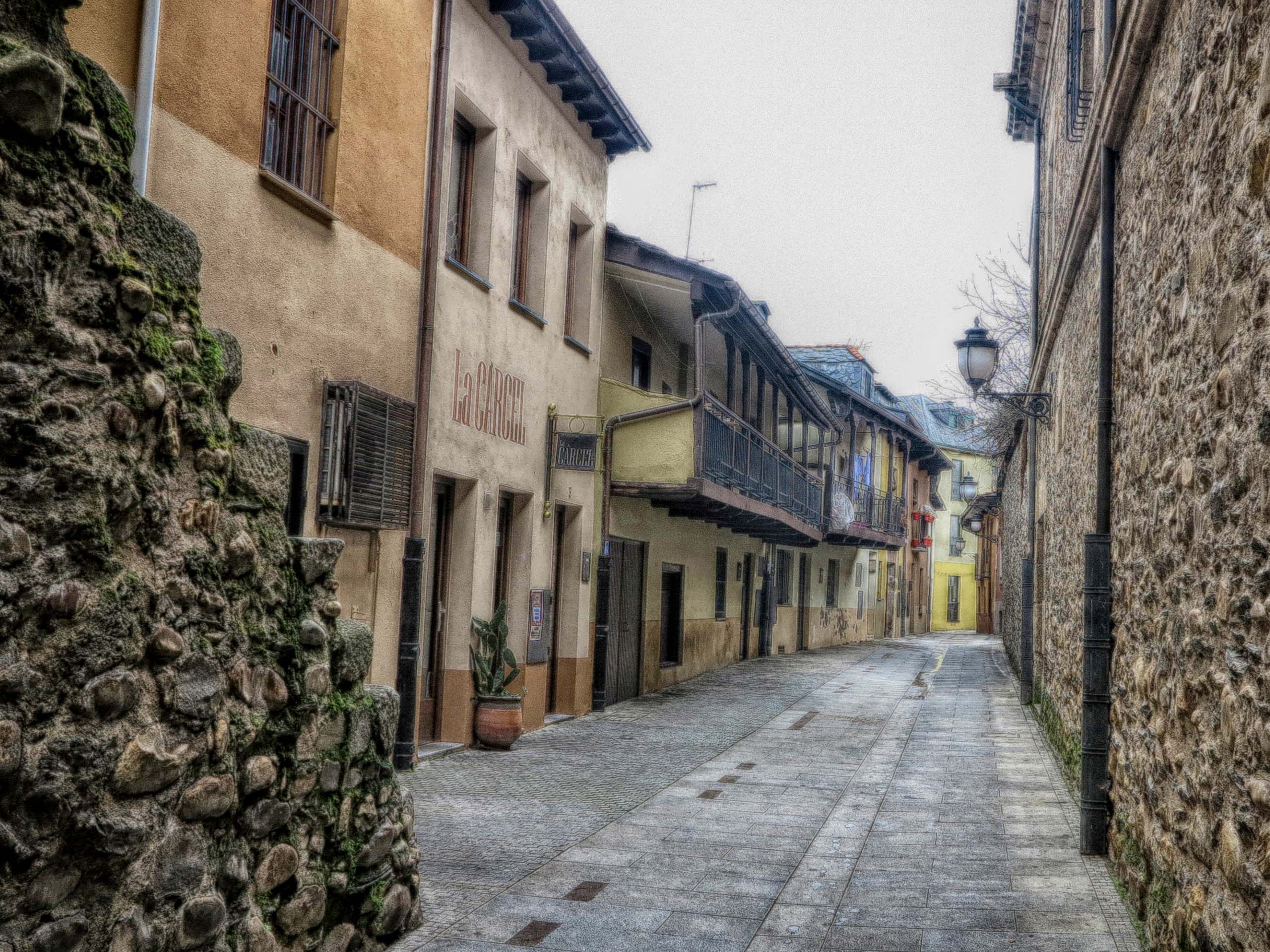
Day 2: Ponferrada to Las Médulas
Today you start your walk! In the company of new and veteran pilgrims, day 2 will guide adventurers through vineyards, rolling hills, and chestnut forests before arriving at the ancient Roman gold mines of Las Médulas.
Distance: 16.8mi
Accommodations: Hotel Medulio
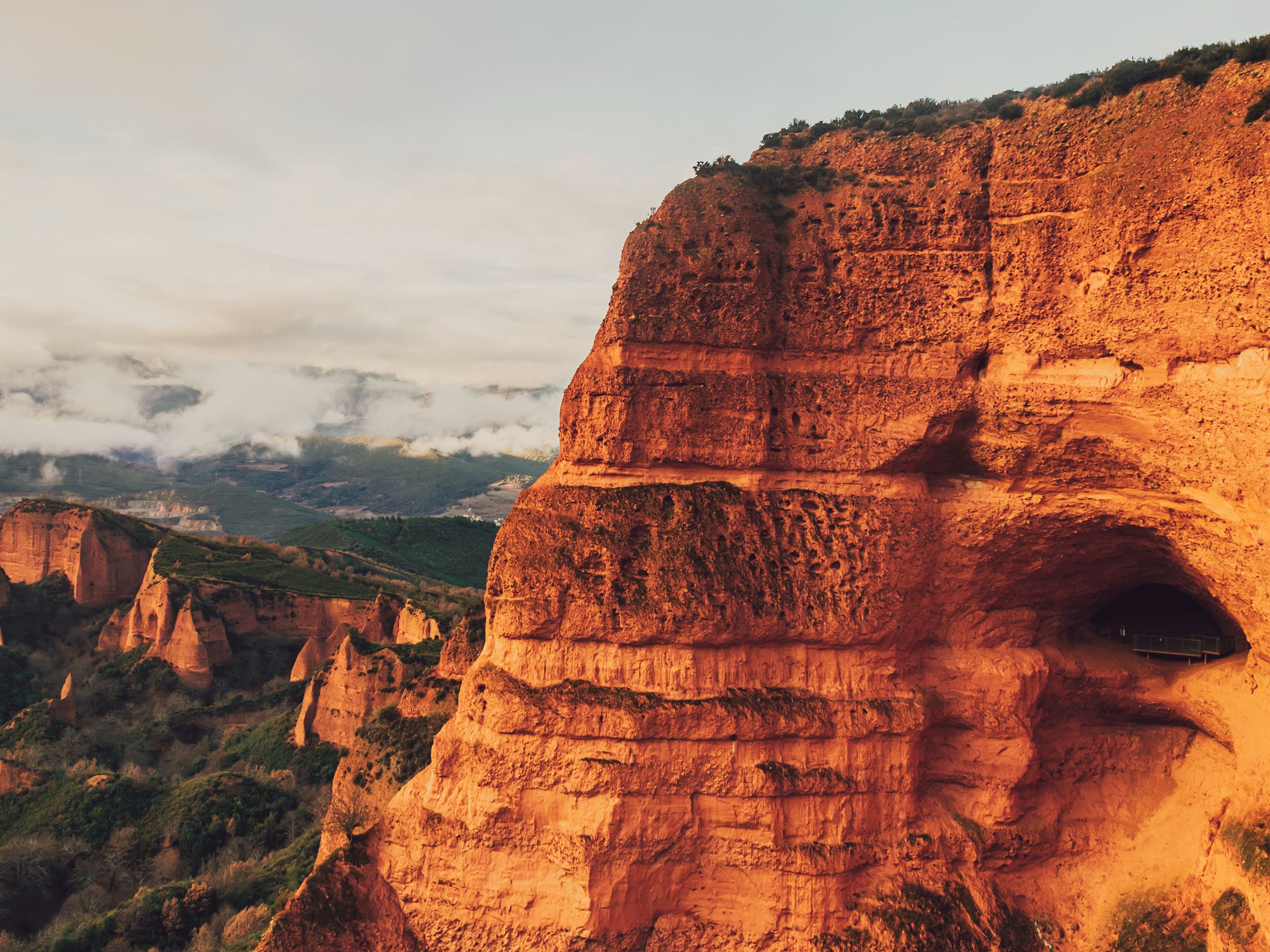
Day 3: Las Médulas to O Barco de Valdeorras
Wander through Bierzo and Cabrera, crossing into the Galicia region. The trail will guide pilgrims into the Valdebría valley, along the Cabrera River. End your day sipping some vino in O Barco de Valdeorras, a municipality known for its delicious wines.
Distance: 16.2mi
Accommodations: Pensión Aurum Valdeorras
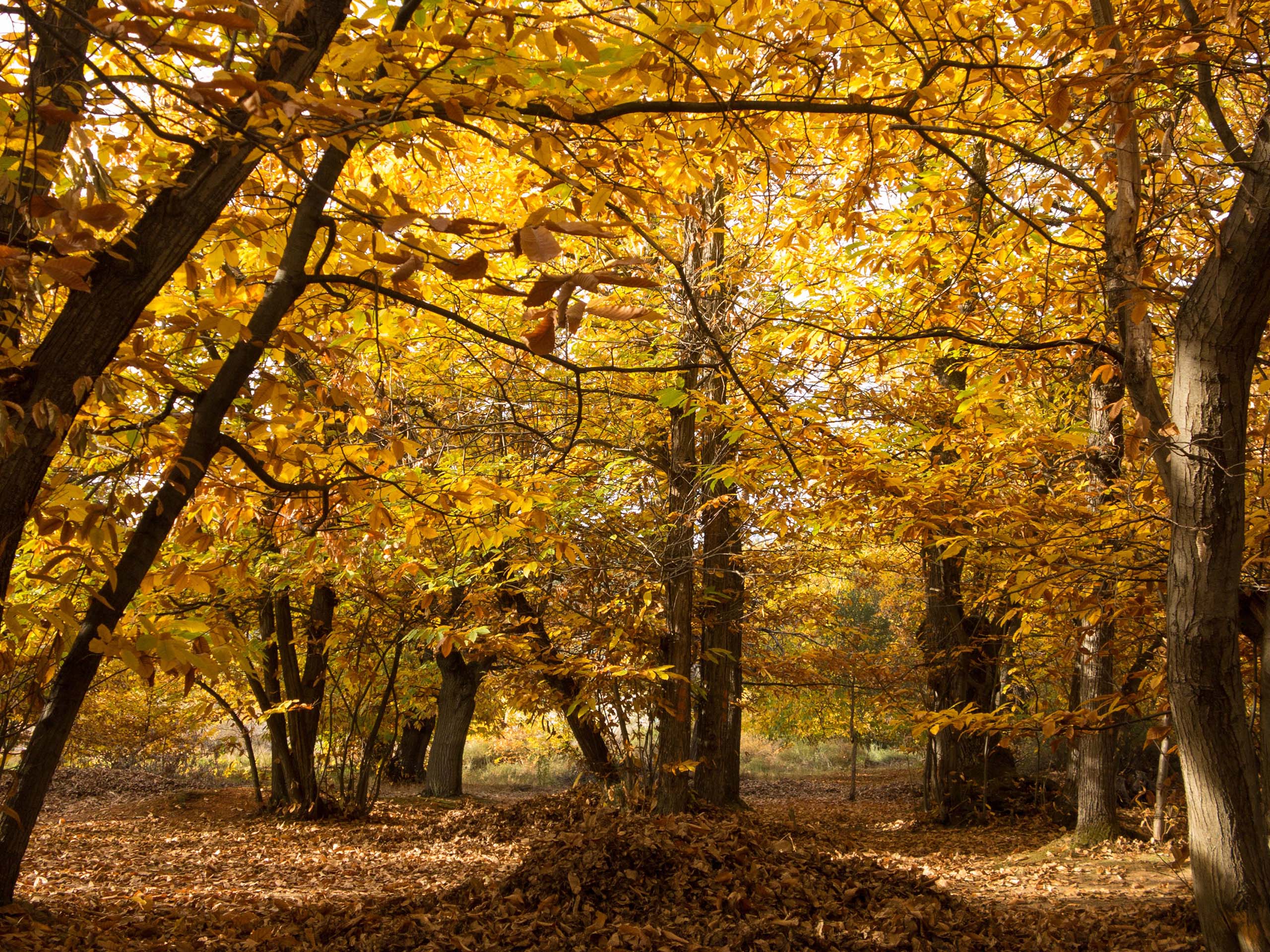
Day 4: O Barco de Valdeorras to A Rúa de Valdeorras
Day 4 is a short and relaxing walk along the riverbanks of the Sil. Enjoy the stunning scenery of the olive groves and vibrant vineyards on your way to A Rúa de Valdeorras. Appreciate the brevity of the walk, as the next few days are more demanding.
Distance: 8.7mi
Accommodations: Pensión Fabio
Day 5: A Rúa de Valdeorras to Quiroga
Your walk to Quiroga passes through the river canyon of the Sil, which exhibits wonderful views of the encompassing mountains. As you near your destination, the path will guide adventurers past churches and medieval monasteries.
Distance: 16.2mi
Accommodations: Albergue Municipal de Quiroga
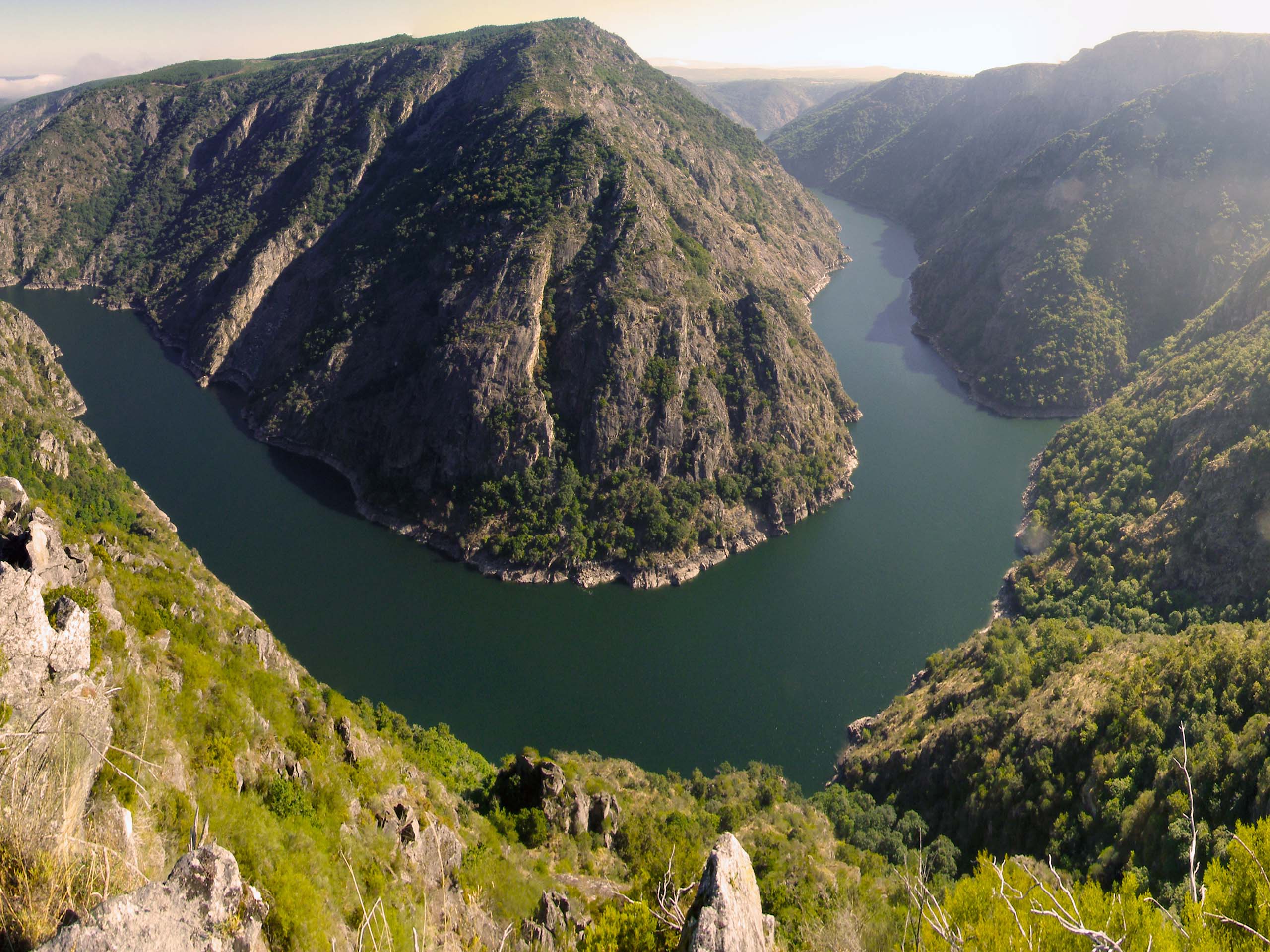
Day 6: Quiroga to Monforte de Lemos
Day 6 is your longest day of walking yet, so hopefully, you got some rest! This historical segment of the promenade crosses several Romanesque bridges, past charming chapels, and beneath the shade of verdant woodlands.
Distance: 21.7mi
Accommodations: Pensión Miño
Day 7: Monforte de Lemos to Chantada
Pilgrims will be rewarded with sparse tree shade and stunning vistas of Galicia’s famous vineyards by travelling through wine country. Crossing the Miño River, you will end your day in Chantada.
Distance: 18.6mi
Accommodations: Albergue A Pousa do Asma
Day 8: Chantada to Rodeiro
Today’s trek presents a bit of a challenge. Departing from Chantada, you will begin a gradual ascent up to Mount Faro. From the summit, revel in views of the surrounding Galician Mountains before descending the peak to Rodeiro.
Distance: 16.2mi
Accommodations: Albergue-Hostel Carpinteiros
Day 9: Rodeiro to A Laxe
Day 8 boasts wonderful vistas as you wander through the peaceful Galician countryside before converging with another Camino de Santiago route, known as the Vía de la Plata, in A Laxe. Passing Lalín and several rivers, you will end your day sipping vino with like-minded adventurers.
Distance: 16.8mi
Accommodations: Albergue de Peregrinos de A Laxe (Bendoiro)
Day 10: A Laxe to Outeiro
Let the anticipation of the near end motivate you. Now in the company of pilgrims who walked the Vía de la Plata, you will welcome the distraction of conversation with fellow walkers as you trek this lengthy section of the route.
Distance: 21.1mi
Accommodations: Albergue de Peregrinos de Outeiro
Day 11: Outeiro to Santiago de Compostela
Day 11 marks your last day of walking. Pilgrims will be guided through dense forest lands and luxuriant meadows before nearing the urbanized areas. The short trek to Santiago de Compostela will deliver you to the cathedral by noon, just in time for the daily mass.
Distance: 10.6mi
Accommodations: Albergue Parroquial Fin del Camino
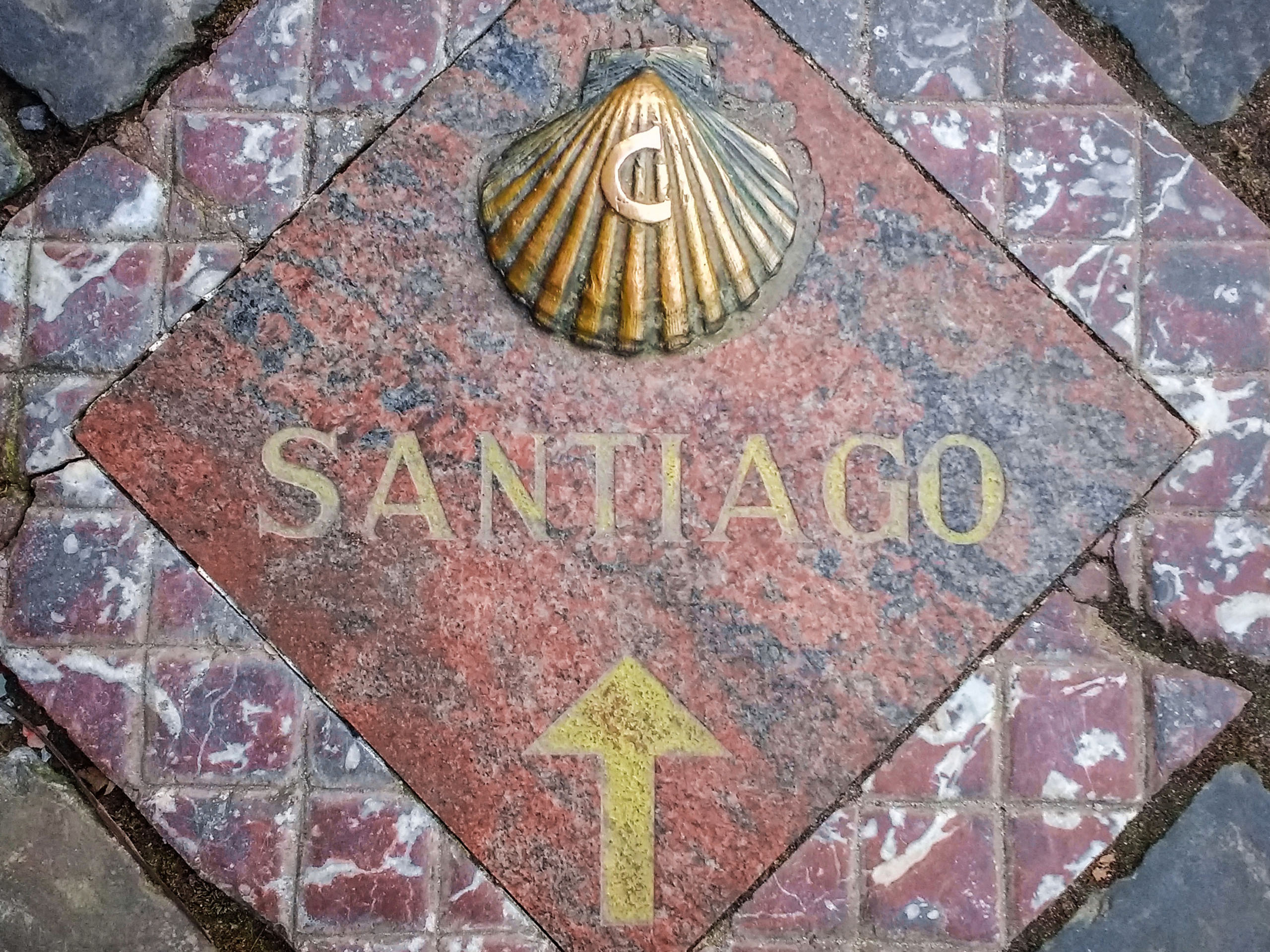
Day 12: Departure from Santiago de Compostela
Congratulations, you did it! Don’t forget to bring your pilgrims passport to the Official Pilgrims Office to get your Compostela. Explore the historically rich city, sampling tapas and vino along the way. When you are done wandering the city, take off back to your home base, marking the end of your pilgrimage.
Camino Invierno Map
Check out the Camino Invierno Map. Travelling over 161.6mi from Ponferrada to Santiago de Compostela, this pilgrimage is no walk in the park!
About the Camino Invierno
The Winter Way is one of the many routes that travel through the Galician region to Santiago de Compostela. Travelling through the valley of the Sil, the Camino Invierno is a go-to detour for Camino Francés pilgrims who do not wish to climb the technical mountain of O Cebreiro, which is nearly impossible in the winter months.
Trekking at lower altitudes, the Winter Way was historically used by medieval muleteers or Napoleonic troops, following an ancient Roman route used for transporting ore from the mines, which follow the Sil River. Immerse yourself in Galicia’s rich history as you wander through the charming hamlets and villages along the way.
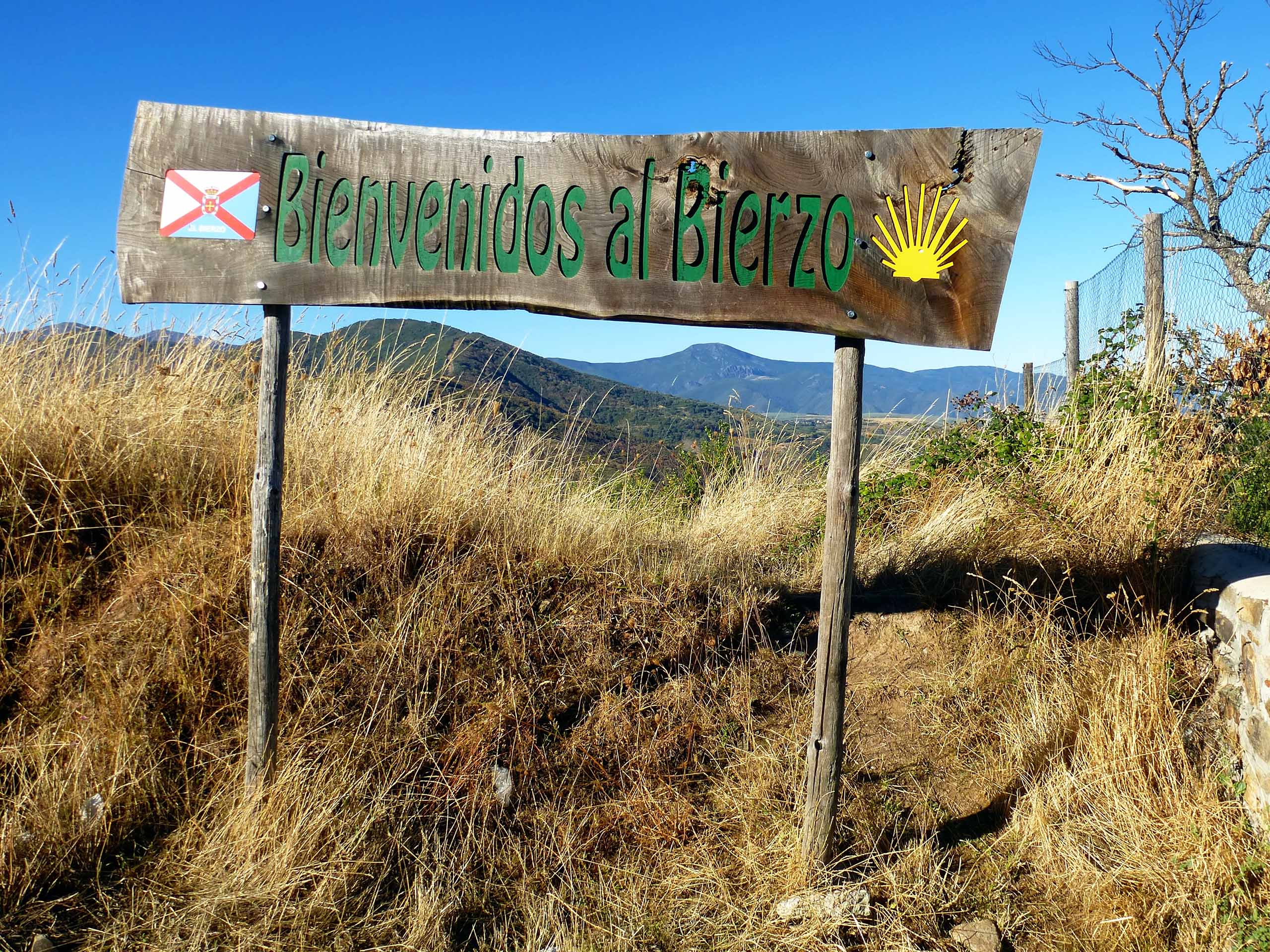
The Best Season to Walk the Camino Invierno
Despite its name, the Camino Invierno can be walked year-round. Known for its favourable winter conditions due to the low altitude, this route is most often frequented by Camino Francés pilgrims escaping the bustle of the popular route or avoiding the mountainous terrain of the endmost section of the path.
Versatile and customizable, the Camino Invierno is busiest in July and August, but we’ll let you in on a secret—this route is best in the autumn when the Spanish vineyards are lush and vibrant. If you are seeking more information on the route’s seasonality, check out our guide on when to walk the Camino de Santiago for a more in-depth report.
If planning your pilgrimage is intimidating, why not consider a 13-day Camino Invierno tour? Avoid the annoyance and burden of organizing, and let us do the heavy lifting. Though we highly recommend the Winter Way Camino, there are several other treks to Santiago de Compostela that exhibit the beauty of the Galician countryside from a different perspective. Check out our Camino de Santiago tours in Spain and you may just stumble across your dream vacation. From Camino de Santiago Luxury Tours to cycling journeys, we have adventures that cater to everyone’s preferences!
Camino de Santiago Trip Planning Articles
- Discover the Camino de Santiago
- Camino Planning: Best time to Walk the Camino
- Camino Planning: How to prepare to Walk the Camino
- Camino Planning: What to pack for your Camino
- Route Guide for the Camino Frances
- Route Guide for the Camino Finisterre
- Route Guide for the Camino Portugues
- Route Guide for the Camino Primitivo
- Route Guide for the Camino Ingles
- Route Guide for the Camino del Norte
- Route Guide for the Camino Via de la Plata
- Interesting Camino de Santiago Facts

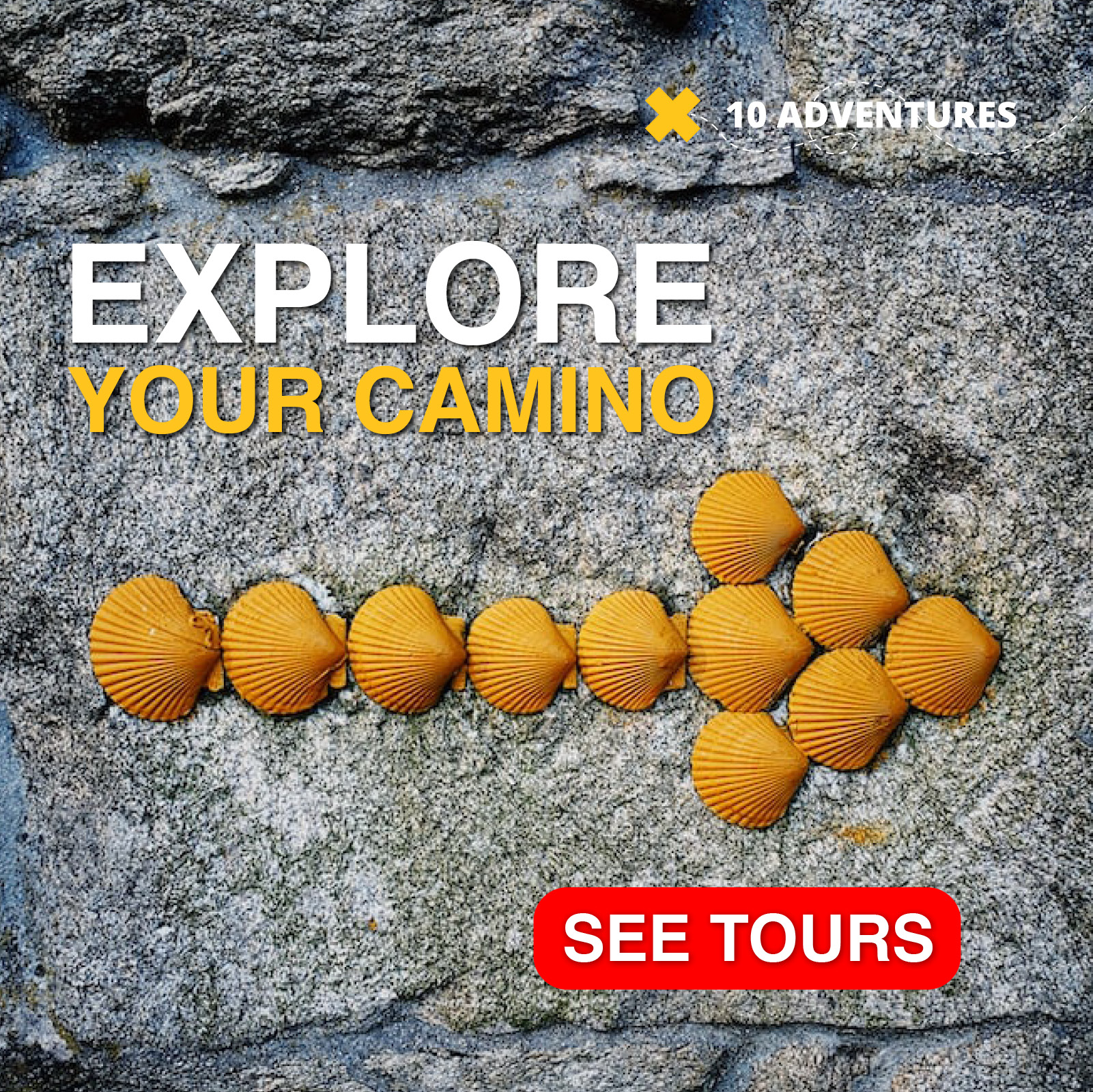
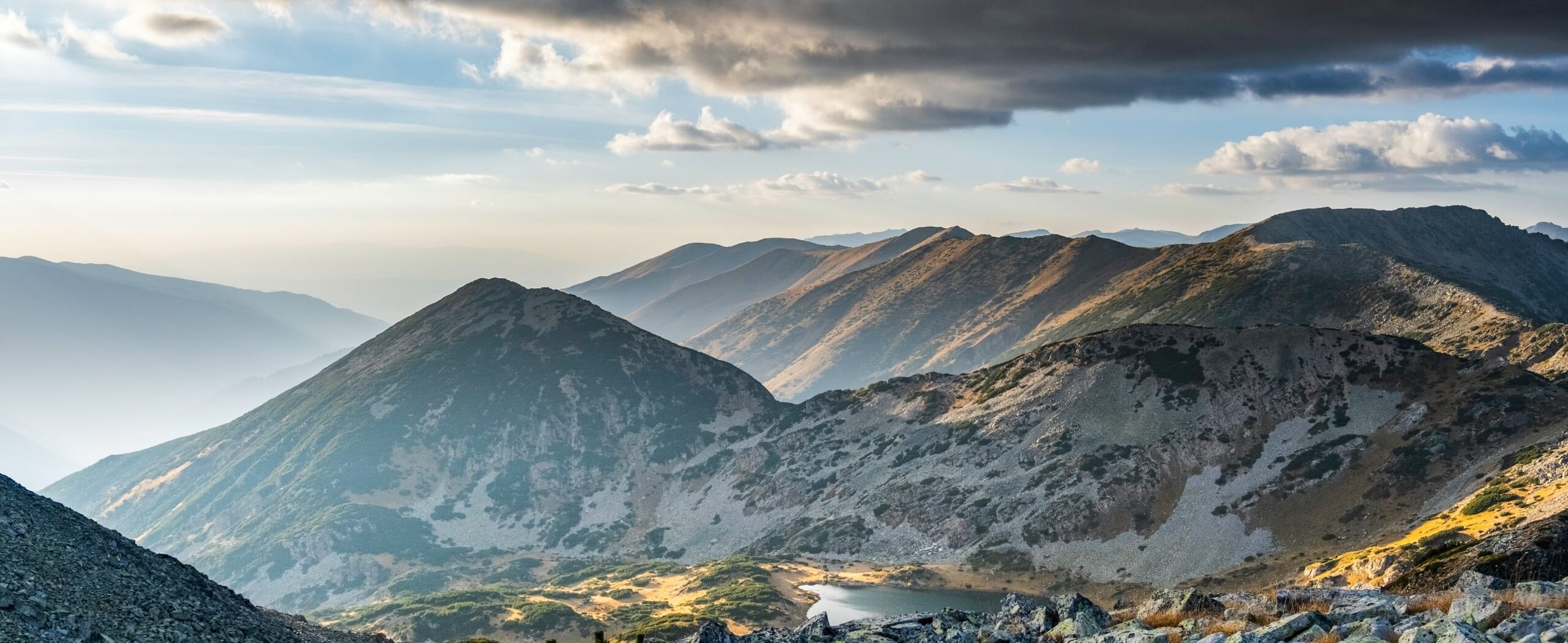
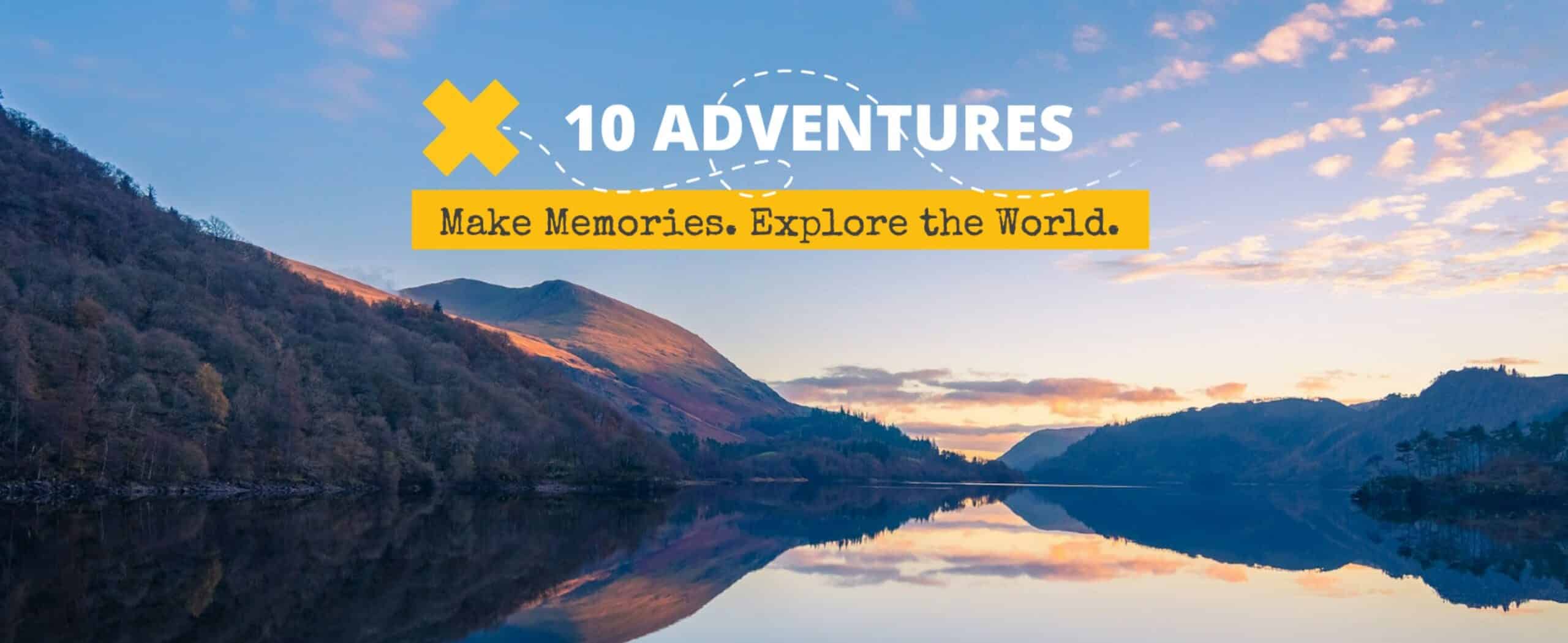

Comments